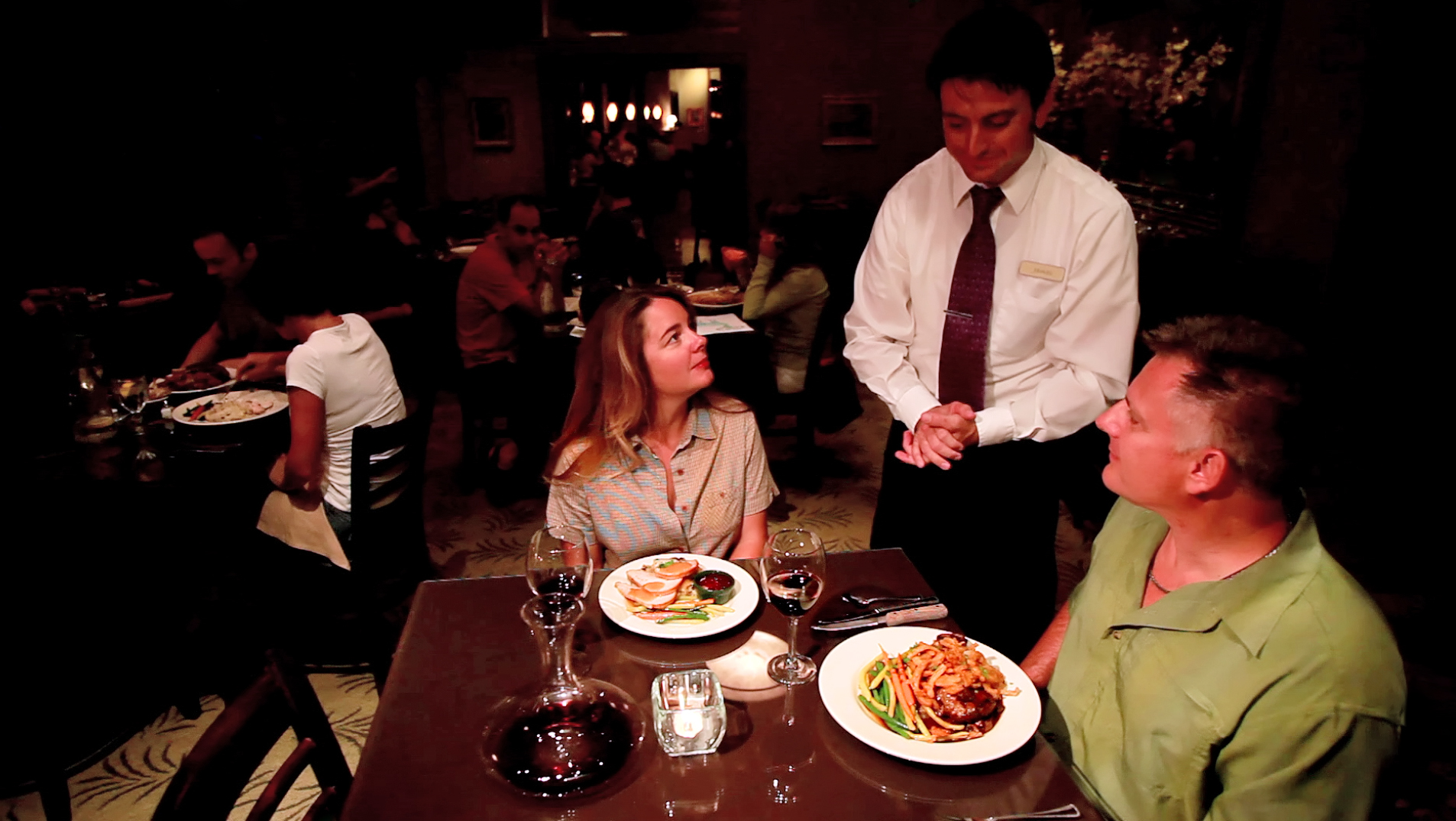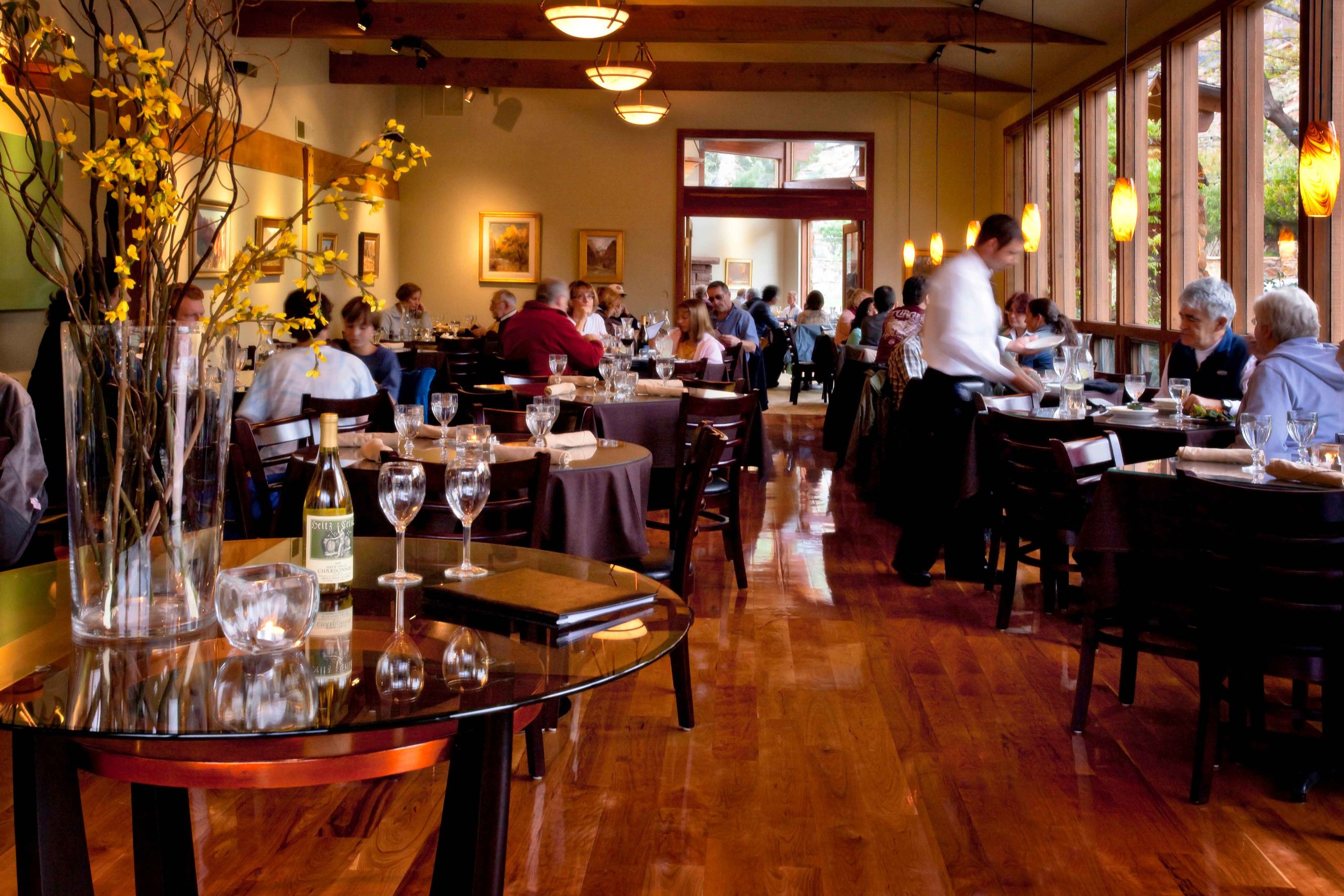Navigating Dining Choices near Zion: The Do’s and Don’ts for an Unforgettable Experience
When it comes to travel, few things are as integral to the experience as dining. Choosing the right restaurant near the majestic Zion National Park can elevate your journey from ordinary to extraordinary. Let’s delve into the do’s and don’ts of restaurant selection to ensure your dining experiences near Zion are nothing short of exceptional.
Dos:
Researching Restaurant Options:
Embarking on a culinary adventure starts with a bit of research. Take advantage of online platforms, reviews, and recommendations from fellow travelers to uncover hidden gems and local favorites. By doing your homework beforehand, you can ensure that your dining choices align with your preferences and expectations. Additionally, exploring the restaurant’s website can provide valuable insights into its ambiance, menu offerings, and any special events or promotions they may have. Look for restaurants that showcase a commitment to quality and authenticity, as these are often indicators of a memorable dining experience.

Checking Menus and Reviews:
Before making a reservation or walking through the door, take a peek at the restaurant’s menu and reviews. Look out for signature dishes or specialties unique to the area that pique your interest. Reading through reviews can provide valuable insights into the quality of food, service, and overall dining experience. Pay attention to detailed reviews that highlight specific dishes, service interactions, and overall ambiance. While it’s essential to consider both positive and negative reviews, keep in mind that individual preferences and experiences may vary. Use reviews as a tool to gauge overall trends and identify any potential areas of concern.
Considering Dietary Preferences and Restrictions:
Whether you’re a devoted carnivore, a committed vegan, or somewhere in between, it’s essential to consider your dietary preferences and restrictions when selecting a restaurant. Look for eateries that offer diverse menu options to accommodate various dietary needs, ensuring that everyone at the table can find something to enjoy. When reviewing menus, pay attention to how dietary preferences are labeled and communicated. Restaurants that indicate vegetarian, vegan, gluten-free, or dairy-free options demonstrate a commitment to inclusivity and customer satisfaction. Additionally, don’t hesitate to reach out to the restaurant directly if you have specific dietary concerns or questions. Many establishments are happy to accommodate special requests or provide additional information about their menu offerings.
Don’ts:
Ignoring Online Reviews:
While star ratings can be helpful, don’t make the mistake of ignoring online reviews altogether. Take the time to read through individual experiences to get a better sense of what to expect. Pay attention to any recurring issues or red flags that may indicate potential concerns. Keep in mind that while one negative review may not necessarily be indicative of a poor dining experience, a pattern of negative feedback should raise a red flag. Look for reviews that provide detailed insights into the overall dining experience, including food quality, service, ambiance, and value for money. Remember that online reviews are subjective, and it’s essential to consider multiple perspectives when making your decision.
Overlooking Location and Ambiance:
Remember that dining isn’t just about the food—it’s about the entire experience. Don’t overlook the importance of location and ambiance when choosing a restaurant. Consider factors such as proximity to your accommodations, outdoor seating options, and overall atmosphere to enhance your dining experience. Think about the type of dining experience you’re looking for—whether it’s a cozy dinner for two, a lively meal with friends, or a family-friendly outing. Look for restaurants that offer a welcoming atmosphere and reflect the local culture and surroundings. Consider the overall vibe of the restaurant, including decor, lighting, and music, to ensure it aligns with your preferences and enhances your dining experience.
Disregarding Hygiene and Cleanliness:
Hygiene and cleanliness should never be overlooked when selecting a restaurant. Before dining out, take a moment to check the restaurant’s sanitation practices and health inspection ratings. Prioritizing cleanliness ensures not only a pleasant dining experience but also your health and well-being. Look for restaurants that adhere to high standards of cleanliness and food safety, as evidenced by their health department ratings and certifications. Additionally, pay attention to the cleanliness of the restaurant’s facilities, including restrooms, dining areas, and kitchen spaces. If you have any concerns about the restaurant’s hygiene practices, don’t hesitate to ask the staff or management for clarification.
Insider Tips:
Seeking Local Recommendations:
When in doubt, turn to the locals for insider tips on where to dine. Hotel staff, tour guides, and friendly locals can offer valuable recommendations for authentic dining experiences off the beaten path. Don’t be afraid to ask about hidden gems or lesser-known eateries favored by locals. Locals often have insider knowledge about the best places to eat, from hole-in-the-wall cafes to family-owned restaurants serving up authentic cuisine. By seeking local recommendations, you can discover hidden culinary treasures and enjoy a truly authentic dining experience that reflects the local culture and flavors.
Exploring Off-Peak Hours:
To make the most of your dining experience and avoid crowds, consider visiting during off-peak hours. Securing a table before 6 PM or after 8:45/9:00 PM is ideal, as these times tend to be quieter and less crowded. Dining during off-peak hours allows you to fully appreciate your meal and the restaurant’s ambiance without feeling rushed. You’ll likely experience shorter wait times, receive better service, and enjoy a more intimate dining atmosphere. Moreover, off-peak dining presents an opportunity to engage with restaurant staff and learn more about the establishment’s history, menu selections, and culinary philosophy.
Personal Preferences:
Emphasize the importance of considering personal preferences and priorities when selecting a restaurant. Encourage readers to prioritize factors such as cuisine, ambiance, and budget to ensure a satisfying dining experience. Every diner has unique preferences and priorities when it comes to dining out. Some may prioritize the quality and variety of food, while others may place greater emphasis on the ambiance and atmosphere. Consider what matters most to you when selecting a restaurant—whether it’s trying new cuisine, enjoying a romantic evening, or finding a budget-friendly restaurant’s near the Zion National Park. By considering your personal preferences and priorities, you can ensure that your dining experience aligns with your expectations and leaves you feeling satisfied and fulfilled.
Conclusion:
As you embark on your culinary journey near Zion National Park, keep these do’s and don’ts in mind to make informed decisions and enjoy memorable dining experiences. By researching restaurant options, checking menus and reviews, and considering dietary preferences, you can ensure that every meal is a delightful adventure. Here’s to unforgettable dining experiences near Zion that leave you craving more!




